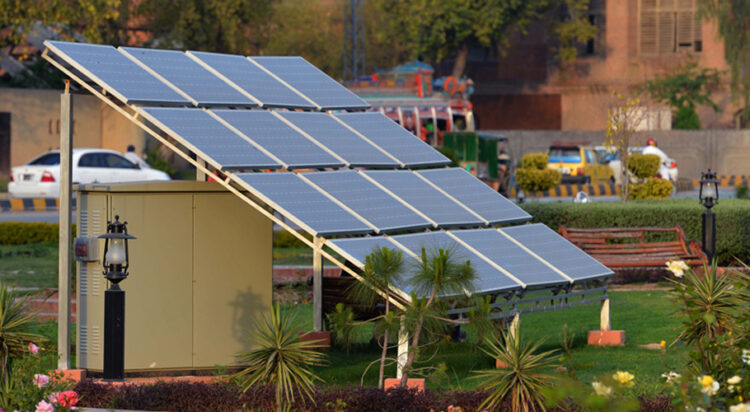Pakistan has emerged as the sixth-largest solar market globally, with its rapid adoption of solar energy offering valuable insights for other emerging markets, according to a World Economic Forum (WEF) report.
Experts attribute this growth to the country’s ideal conditions for solar power generation, including over nine hours of sunlight daily in most regions.
The World Bank estimates that utilizing just 0.071% of Pakistan’s land area for solar photovoltaic (solar PV) generation could meet its entire electricity demand.
Despite this potential, only 5.4% of Pakistan’s current installed power generation capacity of 39,772 megawatts comes from renewable sources such as wind, solar, and biomass, according to the National Electric Power Regulatory Authority. Fossil fuels dominate the energy mix at 63%, followed by hydropower at 25%.
The WEF report highlighted that Pakistan’s shift toward solar energy was largely influenced by external factors, particularly the overproduction of solar panels in China. This surplus significantly reduced costs, making Pakistan the third-largest recipient of Chinese solar exports.
Pakistan’s adoption of solar energy has also been driven by domestic challenges. The inability of state-owned energy providers to ensure a stable supply, coupled with inefficiencies in production, pricing, and regulation, has deepened the nation’s energy crisis.
































